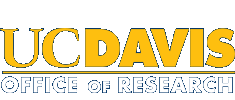Promoting Your Research
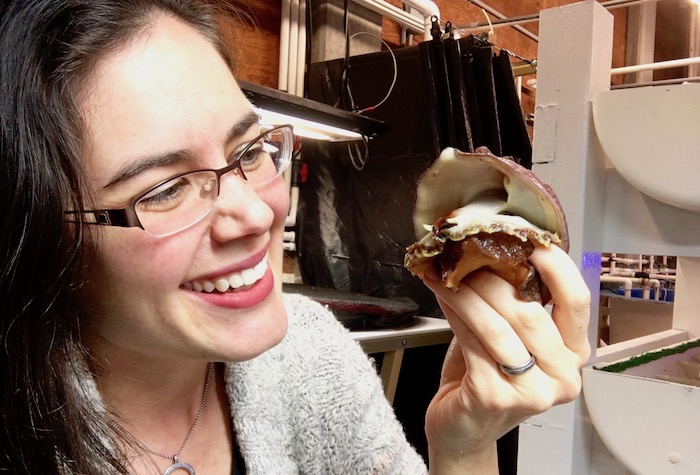
Instagram is a fantastic platform for connecting people with scientists, science, and the natural world because images are great at eliciting empathy, a valuable tool for effective science communication. To help generate empathy, my Instagram feed features images that highlight the human dimension of science: photos of people doing science (including selfies, or “#shellfies,” of me and my study snails), as well as photos that illustrate the ways in which my personal and scientific life intersect. I also host an Instagram feed for my primary research project, white_abalone, which focuses on the aquaculture of an endangered marine snail whose aesthetics are generally underappreciated. Sometimes, looking an animal in the eyes (especially one that you might not have even realized had a face!) is a great way to begin to care about that animal and to become curious about the science related to it.
—Kristin Aquilino, assistant project scientist with the UC Davis Bodega Marine Laboratory (Courtesy photo)
Instagram is a great way to visually engage with people by sharing images and video of your science as well as your daily life as a scientist. Whether you are a botanist with beautiful visuals or a lab scientist with walls of calculations, people are intrigued by an inside look at the scientific process. Instagram can also be a fun way to communicate by creating and participating in conversation: you can include text with your images (up to 2,200 characters, but with no links), add comments, use or create hashtags (which helps people find your content) and tag other Instagram users, and send direct messages. You can also make use of Instagram Stories — disappearing content that increases traffic and engagement with your account.
The Conversation
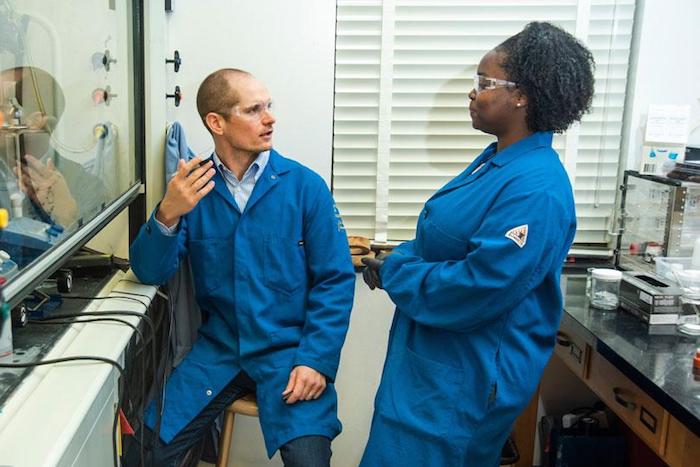
“Several factors influenced my decision to write, “Mind molding psychedelic drugs could treat depression, and other mental illnesses,” for The Conversation. First, I felt that it was a great tool for communicating our science to a broad audience. Second, journalists often use The Conversation to find interesting stories, and this drastically increased the press coverage that our study received. My interaction with The Conversation was very positive, so I was happy to collaborate with them on a follow-up video highlighting the work being done in our laboratory.”
—David E. Olson, assistant professor (pictured with chemistry student Alaysia Madison), Department of Chemistry; Department of Biochemistry and Molecular Medicine; Center for Neuroscience
The Conversation is a nonprofit, general-interest website that publishes articles by academics. It is funded by foundations and universities — including UC Office of the President — and features a wide variety of current topics. The Conversation licenses all their content under a Creative Commons license, meaning other publications can reprint the articles for free. It’s a little like an academic wire service with the goal of bringing knowledge from academia to the wider public. Articles from The Conversation are routinely re-published in Washington Post, Quartz, Time, PBS News Hour, BBC, CNN, Scientific American, Huffington Post, The New Republic and many other outlets. Stories typically receive thousands of views on their website and through republication. To become an author, contributors must be a faculty member or researcher at a university or research institution. PhD candidates can also become authors. The editors are generally looking for stories about breakthroughs as well as stories that relate to current events. To publish a story, you first need to sign up to be an author and then pitch your idea to the editors. There is a short video tutorial on how the process works.
Op-ed

“After the Parkland shooting in Florida, I got frustrated with people saying the mental health system should be able to identify and stop mass shooters. So I wrote about a patient I had seen who might have fit that profile. I described how limited the actions available to psychiatrists and psychiatric hospitals really are. My op-ed became one of the most shared stories on The New York Times website that week and I was featured on The New York Times’ The Daily podcast. I think people were really curious about that glimpse into the involuntary mental health system and how it operates. Since the op-ed, I’ve had a lot of opportunities to do radio and TV appearances to talk about mental health. The best part are the emails I receive from people thanking me for finally shedding light on this confusing process, and even a few people who said I changed their minds.”
—Amy Barnhorst, M.D., assistant clinical professor and vice chair for community mental health, UC Davis Department of Psychiatry and Mental Health (Amy Barnhorst/Courtesy Photo)
An op-ed — an opinion editorial — is a great way to promote your research. You can reach a broad national audience — for example, in a newspaper like The New York Times or the Wall Street Journal — or reach a more targeted audience in a publication like Wired or a local audience in The Sacramento Bee. Op-eds generally address an important topic that’s dominating the news cycle, which means the timing for your piece is key. Strong op-eds provide unique insights that are based on expertise and experience, and help readers understand what’s at stake and why they should care. Op-eds are fairly short — about 750 words. Unlike academic writing, op-eds can be personal and use a first person voice. Your college’s communications staff may be able to help you write your op-ed. The UC Davis Strategic Communications office can also work with faculty to write op-eds, and in some cases help get them placed in publications.
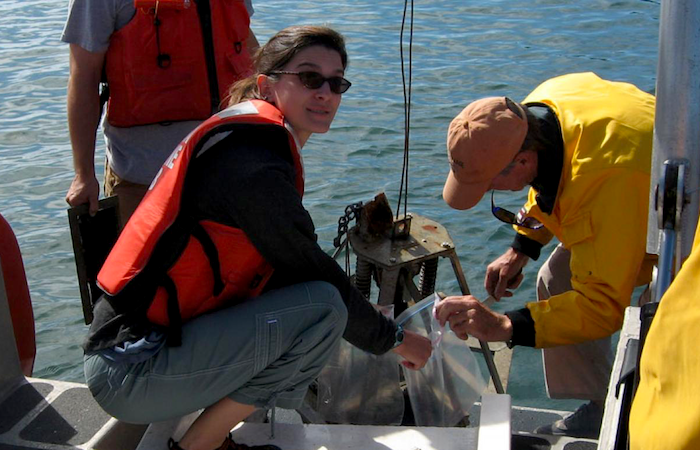
“Reddit—especially the Science SubReddit—gives you access to a big audience of science-interested people who want to hear about your work and ask you questions! I have actually received inquiries from prospective graduate students who first heard of my work on Reddit.”
—Tessa Hill (@Tess_M_Hill) Associate Professor, Department of Geology, Bodega Marine Laboratory
Reddit is a social aggregation news site where people can post content and interact with other readers. It is known as the “front page of the internet” because so many people visit the site. Content is voted up or down, which helps prevent unrelated or unworthy items. The audience for posts can be huge. The subreddit Science has 17 million readers and is specifically for peer-reviewed research articles or brief media summaries. There are subreddits on thousands of topics, from music to politics the microbiome. There is also the popular feature, IAmA where users can host an “Ask Me Anything” (AMA). During an AMA, people can ask questions about any topic in a real-time conversation. Politicians and celebrities like Barack Obama, Bernie Sanders and Snoop Dogg have participated in AMAs but it’s not just for public figures. Last year, Jessica Hellmann from the University of Minnesota and Tessa Hill from UC Davis teamed up to host a very successful AMA on climate change.
Blogs
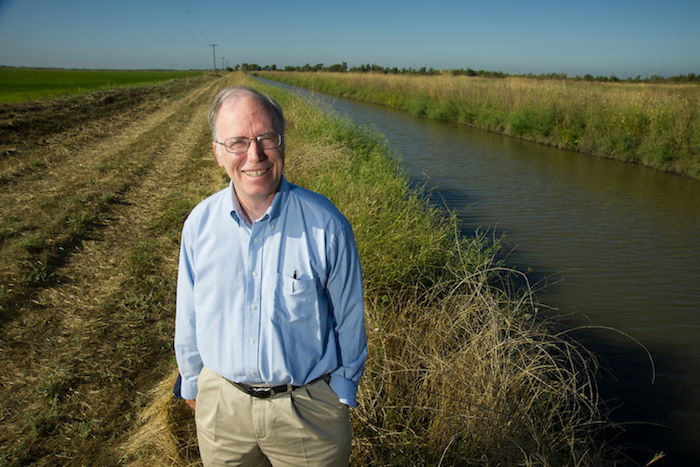
“We started CaliforniaWaterBlog because many people pestered us to start a blog. It took us a year of discussion to convince ourselves to do it and to define its objectives, style (just one good substantive, policy-relevant, well-written post per week), and editorial standards. It has become the most cost-effective thing we do, having over 9,500 followers including academics, agency leaders, journalists, stakeholders, and just plain folks over 6 years.”
— Jay R. Lund (@JayLund113), Director, Center for Watershed Sciences (Karin Higgins/UC Davis)
Blogs have been around for decades (“weblog” was coined in 1997), but they remain an easy way to publish content. There are as many ways to write a blog as there are bloggers. Some researchers use their blogs to document research in-progress and others use blogging for more polished, formal pieces. Blogging platforms like WordPress and Blogger are easy to use and free for basic services. And even if you aren’t interested in writing regular blog posts, blogging platforms can function as free basic websites. If you need blogging inspiration, check out, UC Davis Blogs which lists UC Davis-affiliated blogs on a wide range of topics.
X (Formerly Twitter)
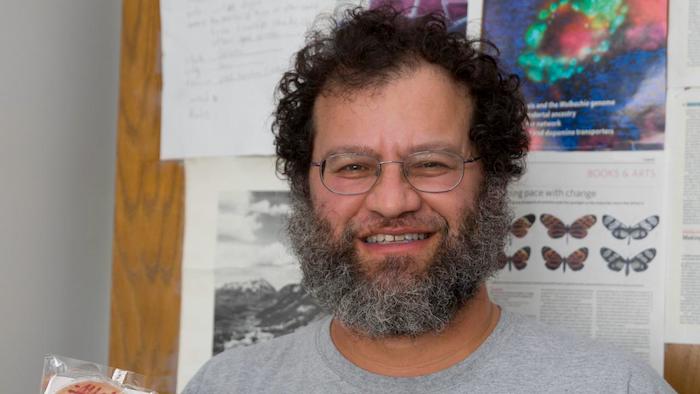
“I started using social media maybe 10 years ago. I was at a conference where people were talking about this and it really appealed to me. I think that that’s one of the greatest things about combining social media and academics—you can connect with so many people and build a community without having to go to conferences or travel to other institutions.”
—Jonathan Eisen (@phylogenomics) Professor, Department of Evolution and Ecology, Department of Medical Microbiology and Immunology (David Slipher/UC Davis)
X (formerly Twitter) is a great way to quickly skim the news to find out what’s going on. It can also be a lively, dynamic and constantly evolving conversation: you can retweet, add comments, use or create hashtags (which helps people find your content) and tag other X users, and direct message anyone who is a follower. In addition to following and connecting with other researchers, it’s also a great way to keep people updated about your own work and interests. In addition to following and connecting with other researchers, it’s a great way to keep people updated about your own work and interests. X increased its famous character limit from 140 to 280 over a while ago, which has led to fewer abbreviations and an increase in niceties like “please” and “thank you.”
For inspiration, check out Jonathan Eisen on X. In addition to writing his popular blog, The Tree of Life, Eisen’s feed, @phylogenomics, has over 65,000 followers, which, in academic circles, makes him a rock star. It also landed him in Science’s “The top 50 science stars of Twitter.”
Website

“The main reason for my lab to have a website is to communicate our science efforts to the public. One could do the most interesting research in the world, but if others don’t know anything about it, then benefits to society will be very limited. I have been contacted by school-age kids interested in forest conservation, elders asking questions about soil microbiology and gardening, and businessmen with specific questions on soil quality.”
—Jorge L. Mazza Rodrigues, professor, Land, Air, and Water Resources, Soil EcoGenomics Laboratory (Lisa Howard/UC Davis)
Having a website is basic way to make your research available and visible to people all around the world. There are many, many ways to create a website (too many to go into here), but at UC Davis, one easy way is to take advantage of the IET department’s free WordPress websites for faculty (including adjuncts). For a small one-time fee, the site can be set up to use a ucdavis.edu domain. There are two dozen themes you can choose from as well as well as a variety of plugins that add functionality. Academic Technology Services offers monthly workshops to help faculty get started, or to refresh their knowledge of WordPress. Register here to set up your website. IET also offers web development services.
Campus Communications

“Getting your story out, using creative analogies, and ‘controlling the message’ are very important elements of successful communication with the public. Working with the different campus communication groups has allowed me to meet these needs, threading the needle between good journalistic content and sound science – resulting in a lot of unforeseen positive outcomes in return.”
—Benjamin Houlton (@BenHoulton), former director, Institute of the Environment (Lisa Howard/UC Davis)
There are several campus communication channels that can help get the word out about your research. It’s always a good idea to start with your home department and to reach out to your college’s communication staff.
Campuswide, UC Davis Strategic Communications works with researchers from all departments. Strategic Communications issues news releases on behalf of the campus, maintains the UC Davis home page and associated web pages, manages official campus social media channels and produces Dateline, the faculty/staff email newsletter, among other things. You can find out who covers which discipline here.
The Office of Research also promotes research innovation from across campus, with an emphasis on organized research units, special research programs, core labs, and programs affiliated with the Office of Research. You can email your news to [email protected].
